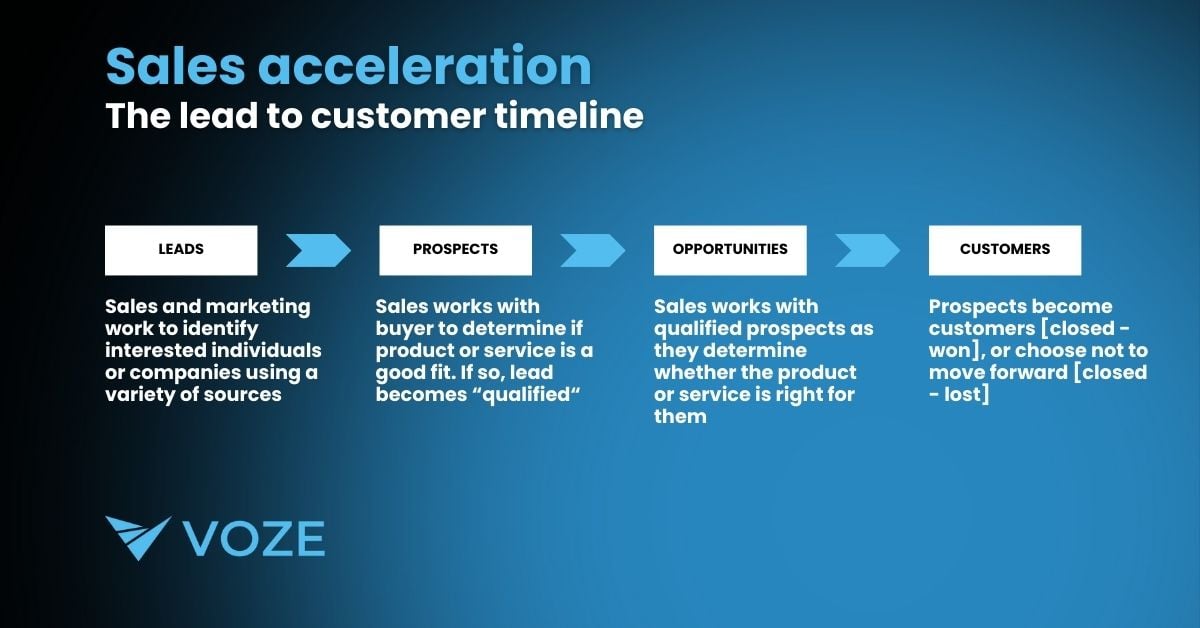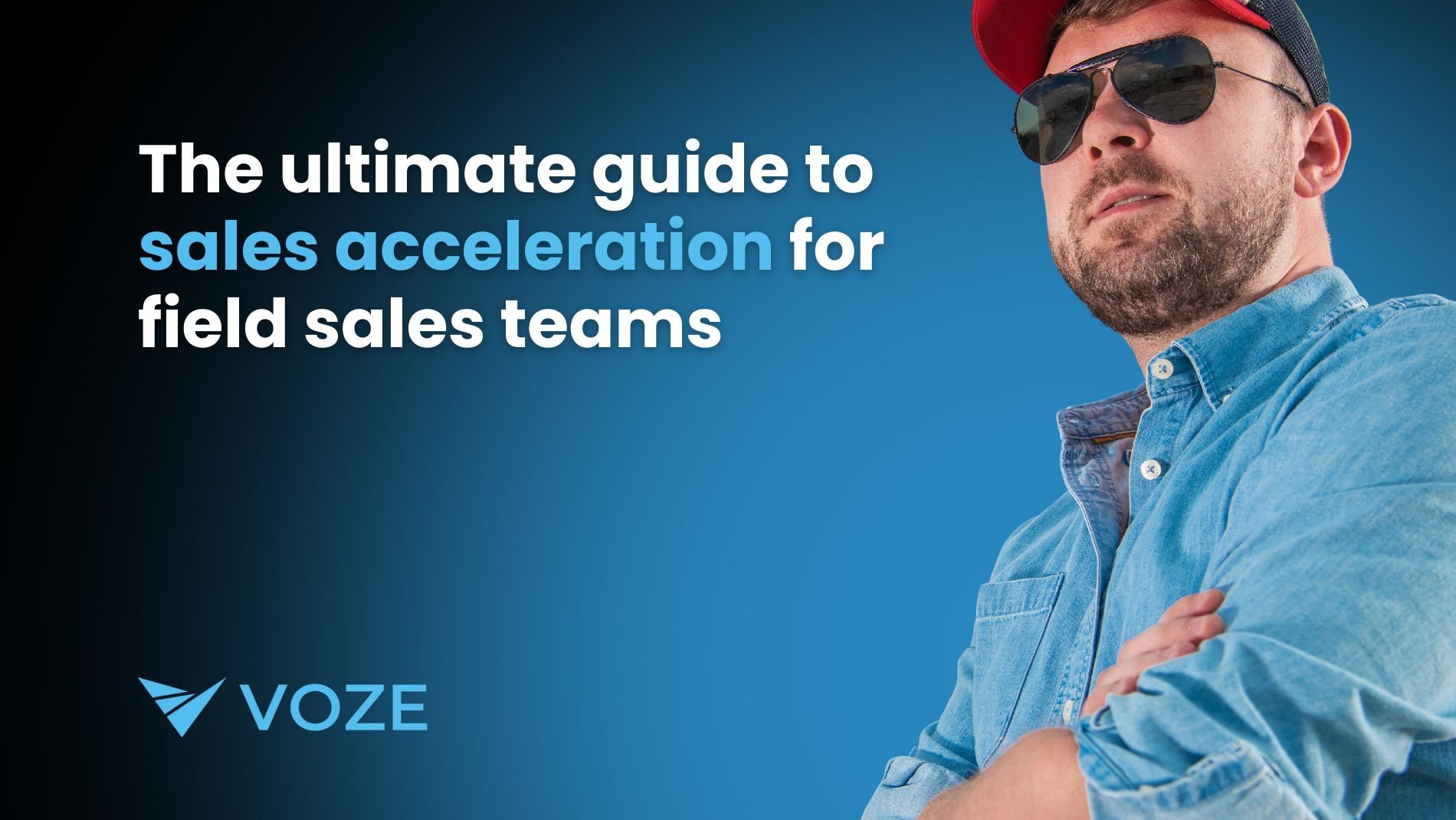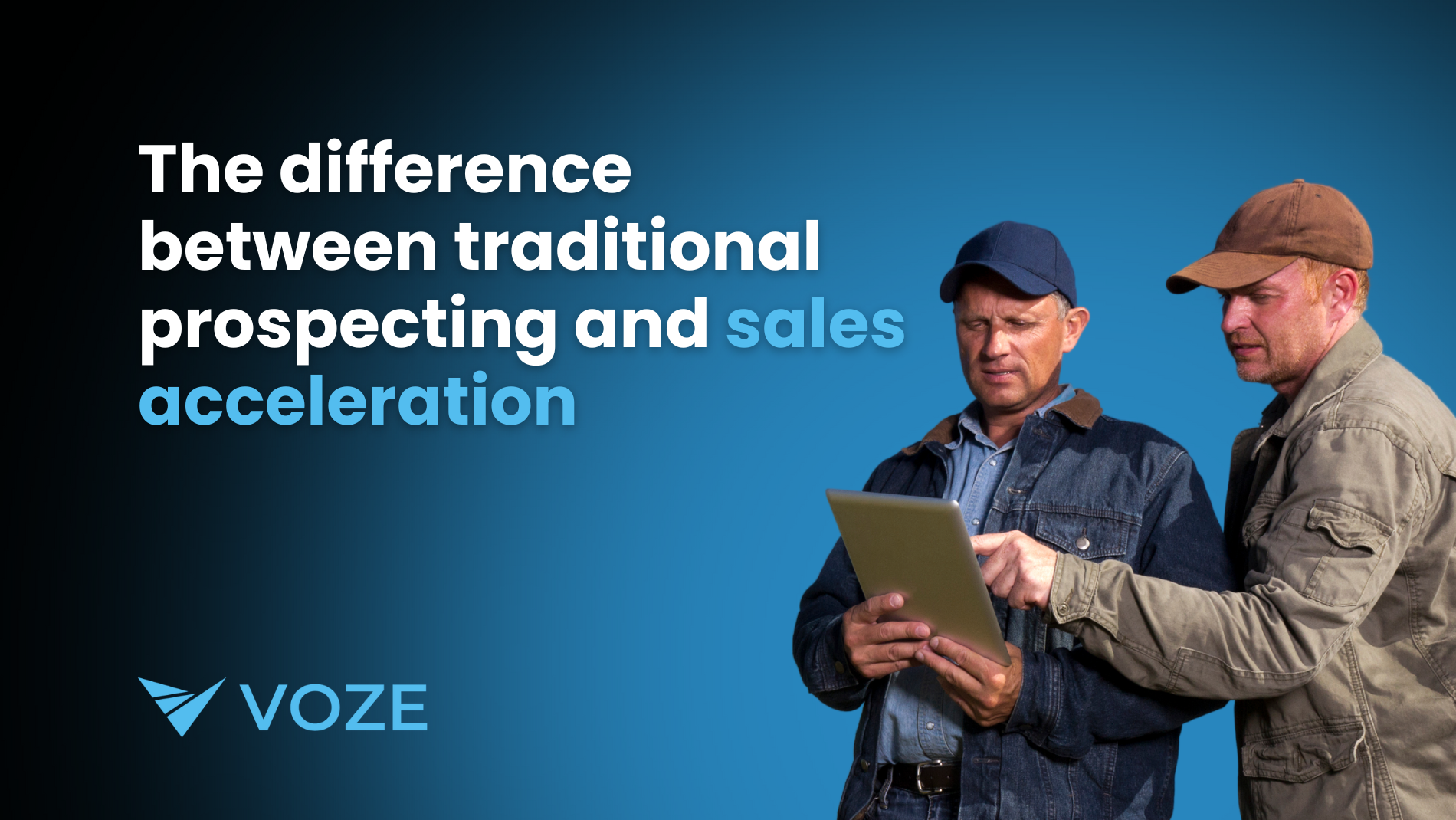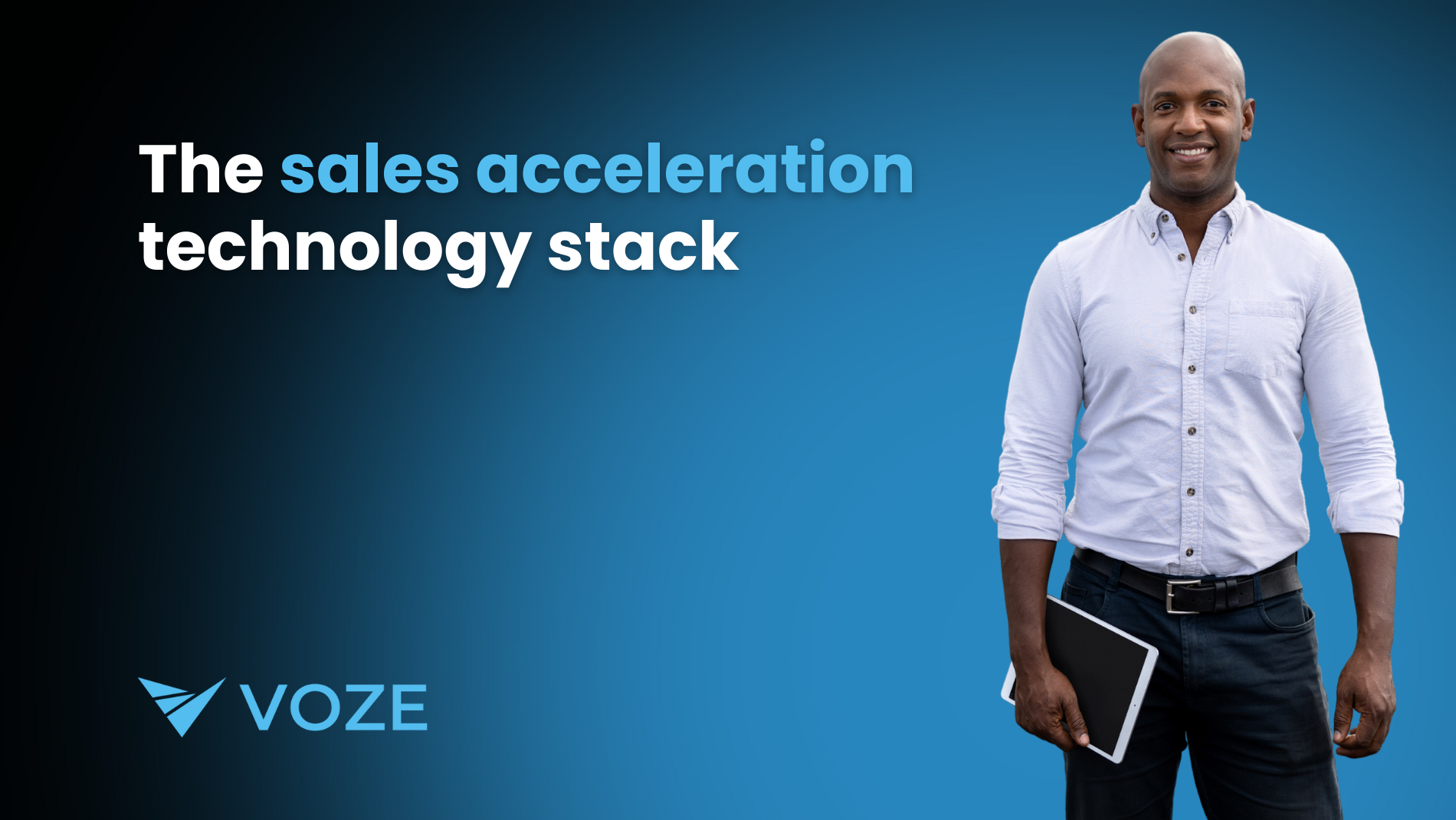The Difference Between Traditional Prospecting & Sales Acceleration

Let's talk about everyone's favorite topic: prospecting. Just kidding, we know it can be a grind. But here's the thing - the way you approach prospecting can make all the difference in your sales success. And that's where sales acceleration comes in.
First, let's take a trip down memory lane and look at some traditional prospecting methods. Cold calling, door-to-door sales, mass email blasts - you know the drill. These tactics often rely on gut instincts, personal connections, and a whole lot of luck. And while they might have worked in the past, they come with some serious limitations.
For one, traditional prospecting can be a huge time-suck with low success rates. It's like throwing spaghetti at the wall and hoping something sticks. Plus, it's hard to identify and target the right prospects with generic messaging that doesn't speak to their specific needs and pain points.
Enter sales acceleration: the modern, data-driven approach to prospecting. With sales acceleration, you're leveraging technology and data insights to identify high-quality leads and tailor your outreach to their unique preferences and behavior. It's all about being proactive, personalized, and consultative in your approach.

So, what are the key differences between traditional prospecting and sales acceleration? Let's break it down:
Reactive vs. proactive: Traditional prospecting is often reactive, while sales acceleration is proactive in understanding and addressing buyer needs.
Generic vs. personalized: Traditional prospecting relies on generic messaging, while sales acceleration prioritizes personalized outreach.
Quantity vs. quality: Traditional prospecting focuses on the quantity of leads, while sales acceleration emphasizes the quality of leads.
Transactional vs. consultative: Traditional prospecting often takes a transactional approach, while sales acceleration focuses on building relationships and providing value.
Push vs. pull: Traditional prospecting uses push marketing strategies, while sales acceleration leverages pull marketing to attract and engage prospects.
Now, you might be thinking, "Okay, sales acceleration sounds great, but how do I actually implement it in my prospecting process?" Don't worry, we've got you covered.
Start by identifying your ideal customer profile and buyer personas. Use data and analytics to prioritize your leads and tailor your outreach accordingly. Develop a multi-channel prospecting strategy that includes email, social media, phone, and other touchpoints. And don't forget to create valuable content and resources that attract and engage your prospects.
The key is to continuously test, measure, and optimize your prospecting efforts. See what works, what doesn't, and adjust your approach accordingly. Trust us, your prospects will appreciate the personalized, value-driven outreach.
So, what are the benefits of sales acceleration for field sales teams like yours? Higher success rates, more efficient use of time, stronger relationships with customers, and faster sales cycles - just to name a few. Plus, sales acceleration can help improve collaboration between sales and marketing teams, leading to even better results.
In conclusion, while traditional prospecting methods may have worked in the past, sales acceleration is the way of the future. By adopting a modern, data-driven approach to prospecting, you'll be able to identify and engage the right prospects, build stronger relationships, and ultimately, close more deals.






